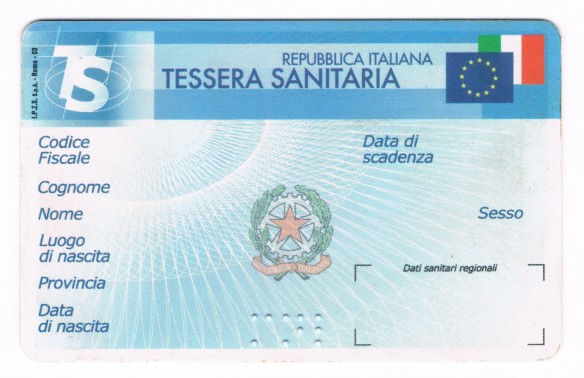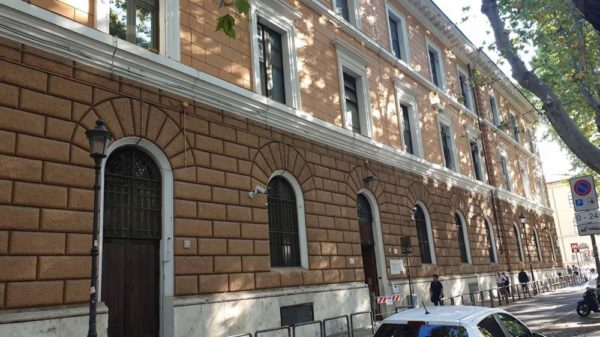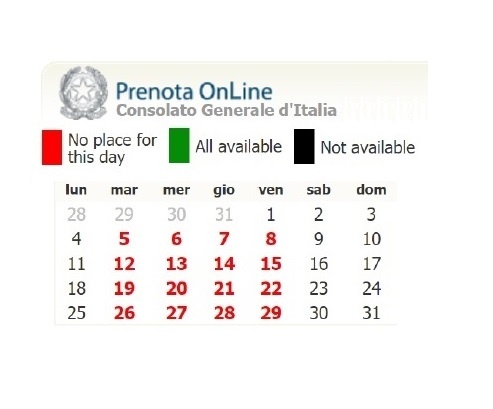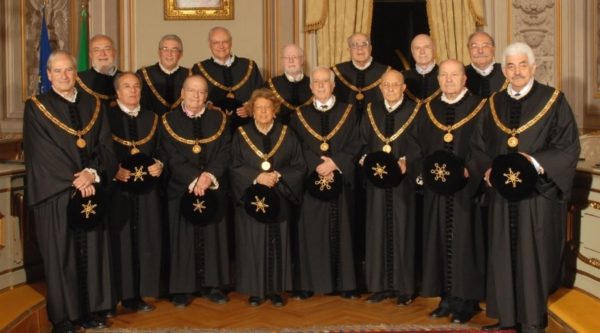Who Pays Inheritance Taxes in Italy?
The primary consideration of Italian tax law is registered residence (1). If the deceased was a resident of Italy, citizen or not, the heirs will have to pay succession taxes to the Italian state.
Citizenship does not matter. Even if the deceased was a foreign citizen, but had residency in Italy, the heirs will have to pay Italian inheritance taxes to the tax authorities for the wealth enrichment that this event (the death of the deceased) contributes to their respective assets.
The location of assets, meanwhile, also counts, because if some assets of the deceased are in Italy, the heirs will have to deal with the Italian tax authorities. Again, citizenship does not matter here. The rule applies to both an Italian who resides broad, as well as to a foreigner who only has an asset located in Italy.
Therefore, when an American citizen who has residence in Italy dies, his or her heirs will have to comply with Italian tax authorities for all assets inherited, both in Italy and abroad. The same is true if the deceased had dual citizenship (Italian-American).
However, if the American citizen did not have Italian residence, but had assets present in Italy, then the heirs will have to comply with Italian tax authorities only for those assets. The same rule applies if the deceased had dual citizenship, but was not resident in Italy.
Bearing all this in mind, it is clear that residence is the main factor for tax authorities, while location of assets also comes into play. There are three different rates dependent on citizenship, asset location and residence.
| Citizenship | Asset Location | Residence | Inheritance Tax |
| Italian, foreigner or dual citizen | in Italy (and abroad) | Italy | Heirs pay taxes on all assets, in Italy and abroad |
| US | Heirs pay taxes only on assets located in Italy |
The Italian Revenue Agency (Agenzia delle Entrate) (2) investigates if the party in question was formally registered in a particular municipality, and consequently obliges his or her heirs to pay taxes on the assets inherited, irrespective of domiciles acquired in other countries or a change of permanent residence where the deceased failed to formally notify the municipality of last residence.
To avoid double taxation (by Italy and another foreign state) on the same assets, Italian tax law allows that taxes already paid to a foreign state can be deducted from the amount that must be paid in Italy in relation to the same assets.
An agreement was signed between the US and Italy in 1955 and later ratified by both countries (3), which avoids double inheritance taxation on citizens of the two countries.
The agreement uses the criterion of citizenship or residence, which therefore must also comply with new inheritance tax criteria adopted in 1990. As such, if an American heir pays inheritance taxes to the Italian state on assets inherited from an Italian-American citizen, who resided in the US but had assets in Italy, then he or she can use the tax credit provided by the US, so as not to pay the same taxes twice.
It is also important to consider that In Italy taxes on inheritance fall into two main categories: estate tax (imposta di successione) and property transfer tax (imposta catastale). The imposta di successione covers both property and non-property assets and varies depending on the relationship between testator and beneficiary. Children and spouses, for example, are always taxed 3% for the entirety of the estate. However, if the estate is worth more than a million euros, the 3% overall tax is added to a tax of 4% on all assets beyond the million euro mark.
The imposta catastaleis imposed when real estate located in Italy is transferred to an heir. The rate of tax is 3% of the property value on record, or valore catastale, which is typically 30 to 40 percent lower than the market value. If the property is used as the primary residence, the tax has a lower fixed rate of 200 euros. For most foreign clients, however, this is not an option as inherited properties are not generally utilized as primary residences.
Read More:
(1) Law Decree nr. 346 of 1990
(2) Italian Revenue Agency: Inheritance Tax Declaration
(3) Italy – Tax Treaty Documents in the IRS website















